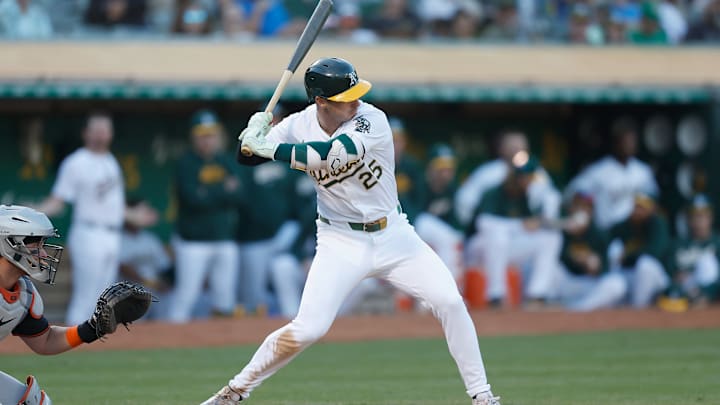RHP Carlos Estevez
Los Angeles Angels general manager Perry Minasian has done few things well these past few years. One of the best things he's done in free agency recently was signing reliever Carlos Estevez to a two-year deal prior to the 2023 season. It's paid off quite handsomely for the Halos.
In his two seasons in Los Angeles, Estevez has thrown 93.1 innings, recorded 48 saves, and he has a 3.47 ERA, 3.57 FIP, and a 1.254 WHIP. His 128 ERA+ is one of the best among relievers in this time. Estevez has been the primary closer for the Angels, and he would slot in nicely to the back of the bullpen for the Cardinals. Estevez would be able to relieve Andrew Kittredge and Ryan Helsley on some nights.
Estevez is split-proof; righties are hitting .185 with an OPS of .548 against him, and lefties are hitting .182 with an OPS of .497. Estevez can be employed in either situation with relative confidence by manager Oli Marmol. Estevez's best pitch is his 4-seam fastball, as it averages 96.4 MPH with a 27.4% whiff rate on it. He's striking out batters 27.2% of the time, and his microscopic 3.5% walk rate is enviable.
Estevez is a true rental; he'll be a free agent at the end of the season. However, relievers may not come cheap this year, as is evidenced by the Royals' package to acquire reliever Hunter Harvey from the Washington Nationals. The Cardinals could skate by with a couple of prospects; one could be near #10 in the organization with another throw-in guy lower on the prospect list.
